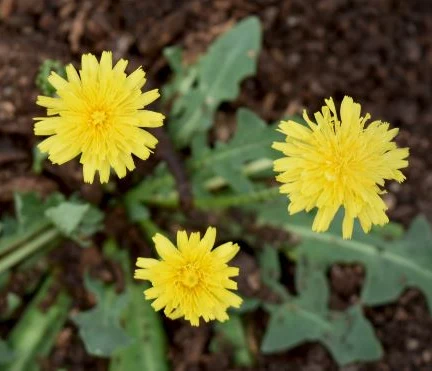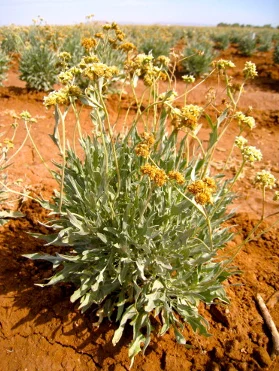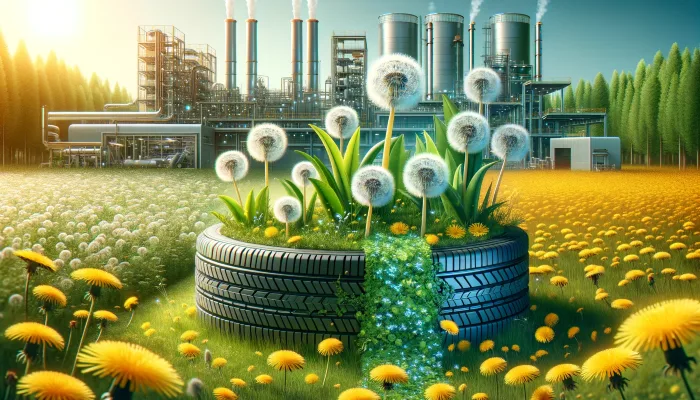Rolling with Dandelions: America’s Surprising Solution for Rubber Tires
America, land of innovation and resilience, is at it again. This time, it’s turning the humble dandelion, often dismissed as a pesky weed, into a game-changer in the rubber tire industry.
With Southeast Asia’s natural rubber supply threatened by disease and surging demand, US scientists are stepping up with groundbreaking methods to extract latex from two unlikely heroes: the Taraxacum kok-saghyz (TK) dandelion and the guayule shrub.
From Weeds to Wheels: The TK Dandelion and Guayule Shrub Are Being Redefined
Imagine this: fields of dandelions and shrubs, not just beautifying the landscape, but also securing America’s rubber future. That’s the vision of researchers like Katrina Cornish from Ohio State University, who are working tirelessly to make this a reality. These plants, unlike the tropical trees traditionally tapped for latex, need specialized methods to extract their precious sap. Cornish stresses the importance of cost-effective, large-scale extraction techniques to compete in the tire market.

The stakes are high.
The US is entirely dependent on imported natural rubber, with 10% of its supply lost to disease in 2019 alone. The looming threat of South American leaf blight reaching Southeast Asia’s rubber plantations via air travel could devastate global supply chains and economies. Cornish warns, “A collapse of global supply chains and economies could occur if such a disease devastates the world’s natural rubber supply.”


Using A Shrub To Create Stronger, Softer Latex
The guayule shrub is more than just a desert dweller. Its bark, when ground, releases latex particles into a substance akin to a “milkshake.” Researchers have fine-tuned this process by incorporating flocculants, reducing wash cycles, and thereby increasing latex yield. The resulting guayule latex is a wonder material—stronger and softer than known polymers, allowing for more filler without losing its prized properties.
A Happy Accident with the TK Dandelion Offered Up Rubber
Now, let’s talk about the TK dandelion. Its latex, drawn from the roots, had its own moment of serendipity. Nathaniel King-Smith, a graduate student, stumbled upon a method to boost latex yield simply by adding EDTA to the extraction process. This breakthrough means immediate latex extraction, cutting out the lengthy storage period, and streamlining the process.

While the TK dandelion has shown promise, the journey isn’t over. Researchers are now seeking collaborations with flocculant chemists to further refine the guayule extraction process. Cornish, who has been dedicated to planting, harvesting, and extracting latex for over a decade, dreams of establishing a full-scale latex processing plant at Ohio State’s Wooster campus. The immediate goal? Small-scale production targeting premium latex markets, paving the way for future growth.
More To Discover
- Groundbreaking ‘No Burn’ Energy Plant to Convert Waste to Fuel, Opens Soon
- Global Plastic Treaty Talks Stalled by Industry Resistance in Nairobi Summit
- Global Leaders Convene in Kenya to Forge Historic Plastic Pollution Treaty
- Superpowered Supercrystal Can Harness Sunlight For Enhanced Solar Energy and Hydrogen Production Using Nanotech
Securing America’s Rubber Future
These innovations aren’t just about rubber; they symbolize America’s ingenuity and commitment to sustainability. By turning to North American plants, researchers aren’t only safeguarding the US rubber industry, but also contributing to the stability of global supply chains.
As we witness these strides in latex extraction, it’s clear that the US is on the brink of transforming its reliance on imported natural rubber. The TK dandelion and guayule shrub, once overlooked, are now at the forefront of this exciting endeavor. This is more than just science; it’s a testament to the power of thinking outside the box and harnessing nature’s gifts.



















